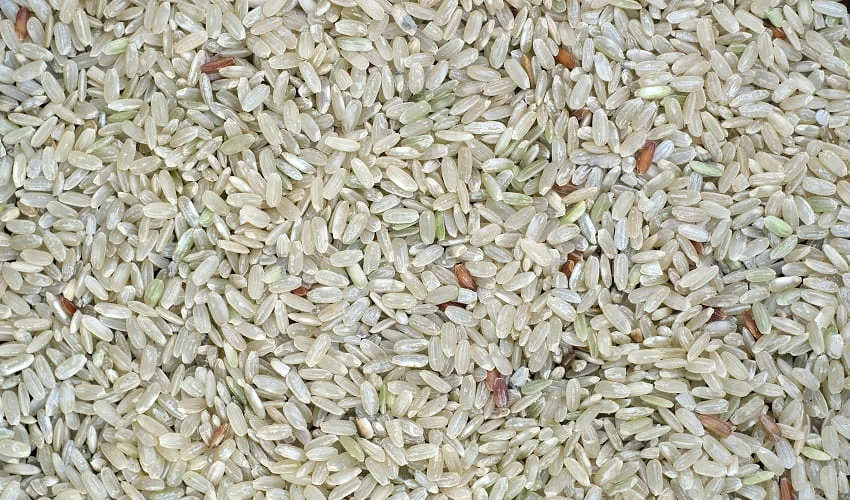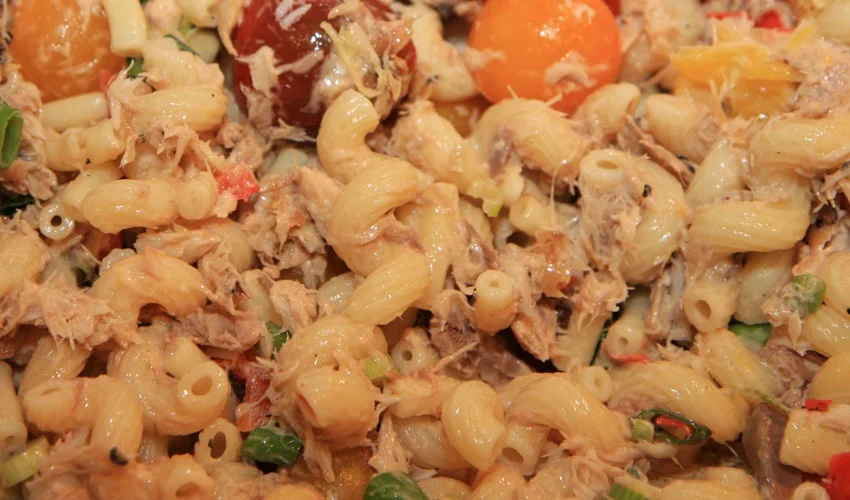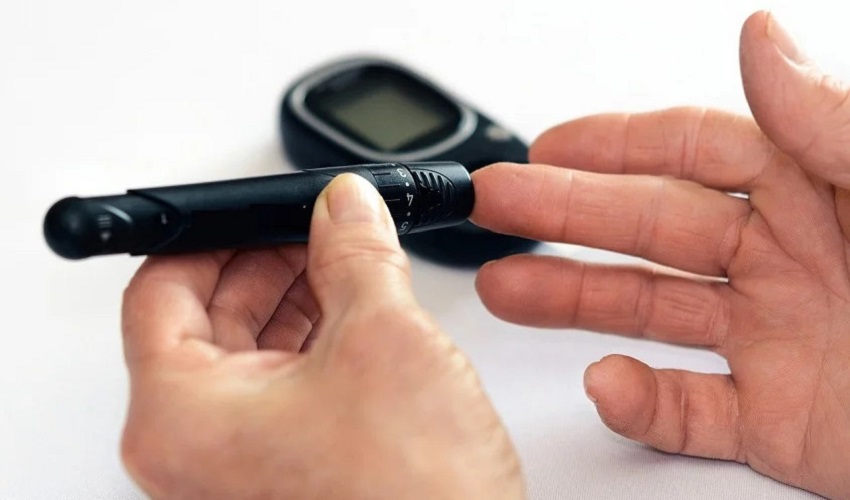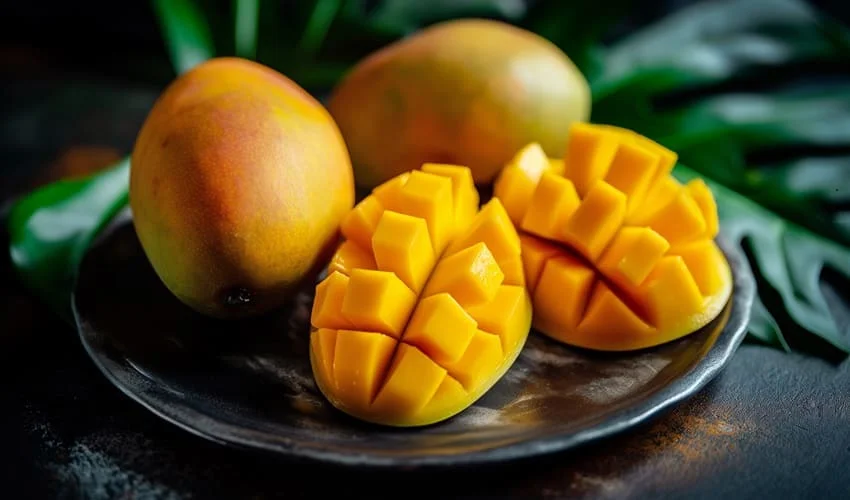What is puffed rice?
Puffed rice is a type of rice that has been heated under high pressure until it expands and becomes light and crispy. It is a popular snack and breakfast cereal in many parts of the world. Puffed rice is low in calories and fat, making it a healthy choice for those on a diabetic diet. It is also gluten-free, making it suitable for individuals with gluten intolerance. Puffed rice can be enjoyed on its own or added to dishes like salads, soups, and desserts. Its light and airy texture adds a satisfying crunch to any meal.
Nutritional value of puffed rice
Puffed rice is a popular snack that is often consumed as a part of diabetic diets due to its low calorie content. It is a great alternative to traditional rice as it contains fewer calories and carbohydrates. Puffed rice is made by heating rice grains under high pressure, which causes them to expand and become light and crispy. Despite its low calorie content, puffed rice is still a good source of energy and provides essential nutrients such as iron and B vitamins. It is also low in fat and cholesterol, making it a healthy choice for individuals with diabetes. Incorporating puffed rice into a balanced diet can help manage blood sugar levels and promote overall health and well-being.
Impact of puffed rice on diabetic diets
Puffed rice is a popular snack option for many people, including those with diabetes. However, it is important to understand the impact of puffed rice on diabetic diets. Puffed rice is a low-calorie and low-fat food, which makes it an attractive choice for individuals looking to manage their weight. It is also a good source of carbohydrates, providing energy for the body. However, puffed rice has a high glycemic index, which means it can cause a rapid spike in blood sugar levels. This can be problematic for individuals with diabetes who need to carefully monitor their blood sugar levels. Therefore, it is recommended that individuals with diabetes consume puffed rice in moderation and pair it with other low-glycemic index foods to help maintain stable blood sugar levels.
Benefits of Puffed Rice for Diabetic Diets
Low glycemic index
A low glycemic index is an important factor to consider for individuals with diabetes when choosing foods. Puffed rice, with its low glycemic index, can be a suitable option for diabetic diets. The glycemic index measures how quickly a food raises blood sugar levels. Foods with a low glycemic index are digested and absorbed more slowly, resulting in a gradual rise in blood sugar levels. This can help individuals with diabetes maintain stable blood sugar levels and prevent sudden spikes or drops. Including puffed rice in a diabetic diet can provide a source of carbohydrates without causing significant fluctuations in blood sugar levels.
High in fiber
Puffed rice is a high-fiber food that can be a valuable addition to a diabetic diet. Fiber plays a crucial role in managing blood sugar levels by slowing down the absorption of carbohydrates. This helps prevent spikes in blood sugar and promotes better glycemic control. Additionally, the high fiber content in puffed rice can aid in digestion and promote a feeling of fullness, which can be beneficial for weight management. Including puffed rice in a diabetic diet can provide a satisfying and nutritious option that supports overall health and well-being.
Gluten-free option
For individuals with gluten sensitivities or celiac disease, finding gluten-free alternatives is crucial. Puffed rice serves as an excellent gluten-free option for those following a diabetic diet. It is made from rice grains that have been heated and expanded, resulting in a light and crispy texture. Not only is puffed rice low in gluten, but it is also low in calories, making it a suitable choice for individuals looking to manage their weight. Additionally, puffed rice can be a versatile ingredient in various recipes, such as gluten-free cereals, snack bars, and even desserts. By incorporating puffed rice into their diet, individuals can enjoy a gluten-free option without compromising on taste or nutritional value.
Considerations for Diabetic Diets
Portion control
Portion control plays a crucial role in managing the impact of puffed rice calories on diabetic diets. Diabetics need to carefully monitor their carbohydrate intake to maintain stable blood sugar levels. By controlling the portion size of puffed rice, individuals can better regulate their carbohydrate consumption and prevent spikes in blood sugar. It is recommended to measure the serving size of puffed rice and limit it to a reasonable amount, ensuring that it fits within the recommended daily carbohydrate allowance. Practicing portion control not only helps in managing diabetes but also promotes overall health and well-being.
Balancing with other foods
When it comes to balancing puffed rice with other foods in a diabetic diet, it is important to consider the overall nutritional composition of the meal. While puffed rice is low in calories and fat, it is also low in fiber and protein. To create a balanced meal, it is recommended to pair puffed rice with foods that are rich in fiber and protein, such as vegetables, lean proteins, and legumes. This combination helps to slow down the digestion and absorption of carbohydrates, preventing rapid spikes in blood sugar levels. Additionally, adding healthy fats, like avocado or nuts, can further enhance the nutritional value and satiety of the meal. By incorporating a variety of nutrient-dense foods, individuals with diabetes can enjoy puffed rice as part of a well-balanced and satisfying meal.
Monitoring blood sugar levels
Monitoring blood sugar levels is a crucial aspect of managing diabetes. It allows individuals to track their glucose levels and make informed decisions about their diet and medication. Regular monitoring helps identify patterns and trends in blood sugar fluctuations, enabling individuals to adjust their lifestyle accordingly. By keeping a close eye on their blood sugar levels, diabetics can prevent complications and maintain optimal health. It is recommended to use a blood glucose meter to measure blood sugar levels at home and to consult with a healthcare professional for guidance on target ranges and monitoring frequency.
Puffed Rice Recipes for Diabetic Diets
Puffed rice and vegetable stir-fry
Puffed rice and vegetable stir-fry is a delicious and nutritious dish that can be enjoyed by individuals following a diabetic diet. Puffed rice, which is made by heating rice kernels under high pressure until they expand, is a low-calorie and low-fat alternative to regular rice. When combined with a variety of colorful vegetables, such as bell peppers, carrots, and broccoli, this stir-fry provides a balanced mix of vitamins, minerals, and fiber. The high fiber content in puffed rice helps regulate blood sugar levels and promotes a feeling of fullness, making it an ideal choice for individuals with diabetes. Additionally, the stir-fry can be seasoned with herbs and spices to enhance the flavor without adding extra calories or sodium. Overall, puffed rice and vegetable stir-fry is a tasty and diabetes-friendly option that can be enjoyed as a main course or as a side dish.
Puffed rice and yogurt parfait
Puffed rice and yogurt parfait is a delightful and nutritious treat that can be enjoyed by individuals following a diabetic diet. This delectable dessert combines the light and crispy texture of puffed rice with the creamy and tangy goodness of yogurt. Puffed rice is a low-calorie and low-fat cereal option, making it an excellent choice for individuals looking to manage their weight and blood sugar levels. Additionally, yogurt is a great source of protein and probiotics, which can contribute to a healthy gut and improved digestion. By combining these two ingredients, the puffed rice and yogurt parfait offers a satisfying and guilt-free indulgence for those with diabetes. Whether enjoyed as a breakfast option or a dessert, this parfait provides a balanced combination of carbohydrates, protein, and healthy fats, making it a suitable choice for individuals looking to maintain stable blood sugar levels throughout the day.
Puffed rice and fruit salad
Puffed rice and fruit salad is a delicious and nutritious option for those following a diabetic diet. Puffed rice, with its low glycemic index, helps in maintaining stable blood sugar levels. It is also low in calories and fat, making it a great choice for weight management. When combined with a variety of fruits, such as berries, apples, and oranges, the salad becomes a powerhouse of vitamins, minerals, and antioxidants. The natural sweetness of the fruits adds a burst of flavor to the crunchy puffed rice, making it a satisfying and guilt-free treat. Whether enjoyed as a refreshing breakfast or a light snack, puffed rice and fruit salad is a delightful way to incorporate healthy ingredients into your diabetic diet.
Tips for Incorporating Puffed Rice into Diabetic Diets
Choose unsweetened varieties
When it comes to choosing puffed rice for a diabetic diet, it is important to opt for unsweetened varieties. Unsweetened puffed rice contains fewer calories and carbohydrates compared to sweetened options, making it a better choice for managing blood sugar levels. Additionally, unsweetened puffed rice is a good source of fiber, which can help promote satiety and regulate blood sugar. By choosing unsweetened varieties, individuals with diabetes can enjoy the crunch and taste of puffed rice without compromising their dietary goals.
Combine with protein and healthy fats
When it comes to incorporating puffed rice into a diabetic diet, it is important to combine it with protein and healthy fats. This combination helps to slow down the digestion and absorption of carbohydrates, preventing a spike in blood sugar levels. Adding a source of protein, such as nuts or seeds, and healthy fats, like avocado or olive oil, to puffed rice can help balance out the meal and provide a more sustained release of energy. Additionally, protein and healthy fats can help increase satiety and keep you feeling fuller for longer, which can be beneficial for managing portion control and overall calorie intake. So, next time you enjoy a bowl of puffed rice, consider pairing it with some protein and healthy fats to make it a more balanced and diabetes-friendly meal option.
Experiment with different flavors and toppings
Puffed rice, with its light and crispy texture, is a versatile snack that can be enjoyed in a variety of ways. One way to add excitement to your puffed rice is by experimenting with different flavors and toppings. Whether you prefer sweet or savory, there are endless possibilities to explore. Try sprinkling some cinnamon and honey for a warm and comforting taste, or go for a zesty kick with a sprinkle of chili powder and lime juice. For those with a sweet tooth, a drizzle of melted dark chocolate or a sprinkle of powdered sugar can satisfy your cravings. Don’t be afraid to get creative and mix and match flavors to find your perfect combination. By adding different flavors and toppings to your puffed rice, you can elevate its taste and make it a delightful treat for any occasion.
Puffed rice can be a healthy addition to diabetic diets
Puffed rice can be a healthy addition to diabetic diets. Due to its low glycemic index, puffed rice causes a slower and more gradual rise in blood sugar levels compared to other high-carbohydrate foods. This makes it a suitable choice for individuals with diabetes who need to manage their blood sugar levels. Additionally, puffed rice is low in fat and calories, making it a great option for those looking to maintain a healthy weight. It is also a good source of fiber, which can help regulate digestion and promote feelings of fullness. However, it is important to note that portion control is key when incorporating puffed rice into a diabetic diet, as consuming large quantities may still lead to spikes in blood sugar levels. Overall, puffed rice can be enjoyed as part of a balanced diabetic diet when consumed in moderation.
Moderation and balance are key
When it comes to managing diabetes, moderation and balance are key. This is especially true when it comes to consuming puffed rice, as it can have an impact on blood sugar levels. Puffed rice is a popular snack option for many, but it is important to be mindful of portion sizes and to pair it with other foods that can help stabilize blood sugar. Including protein and healthy fats, such as nuts or seeds, can help slow down the absorption of carbohydrates from puffed rice, preventing sharp spikes in blood sugar. Additionally, incorporating fiber-rich foods, like vegetables or whole grains, can further support blood sugar control. By practicing moderation and balance in our diet, we can enjoy puffed rice as part of a healthy diabetic meal plan.
Consult with a healthcare professional for personalized advice
Consulting with a healthcare professional is crucial when it comes to managing a diabetic diet. These professionals have the knowledge and expertise to provide personalized advice tailored to individual needs. They can help determine the impact of puffed rice calories on a diabetic diet and suggest appropriate portion sizes and meal planning strategies. By consulting with a healthcare professional, individuals can ensure that they are making informed decisions about their diet and effectively managing their diabetes.




